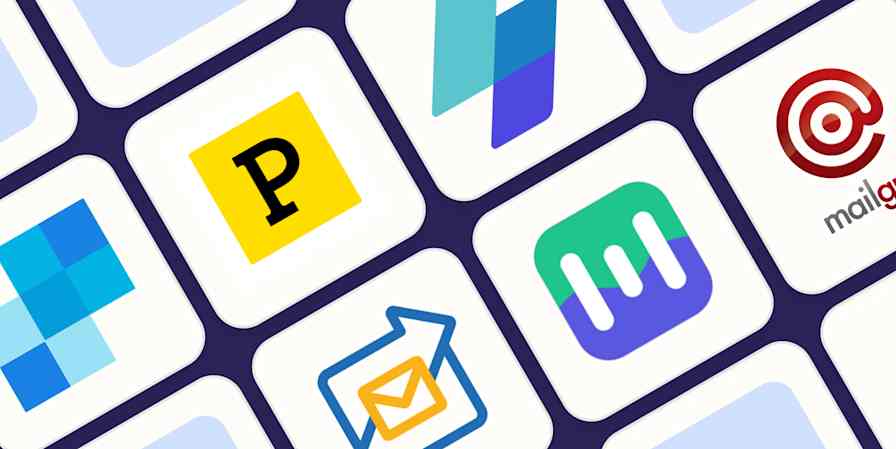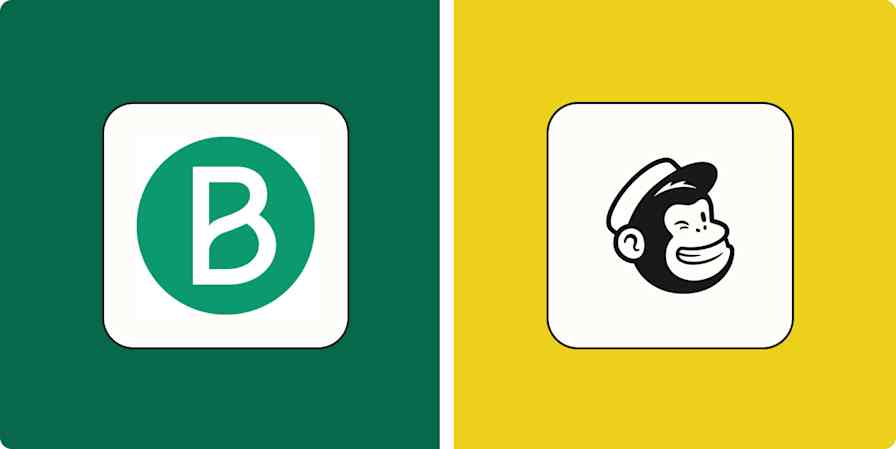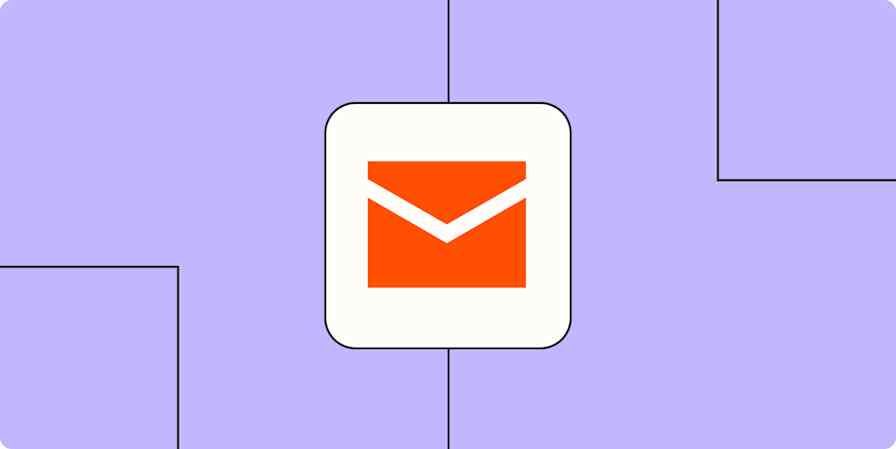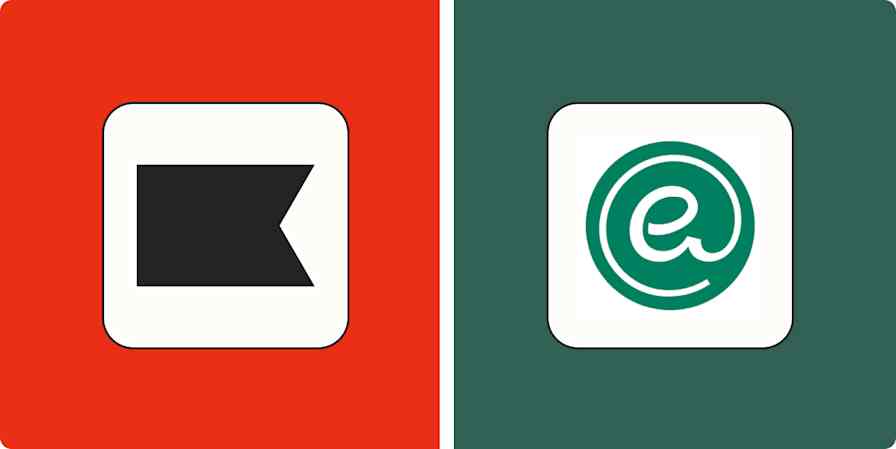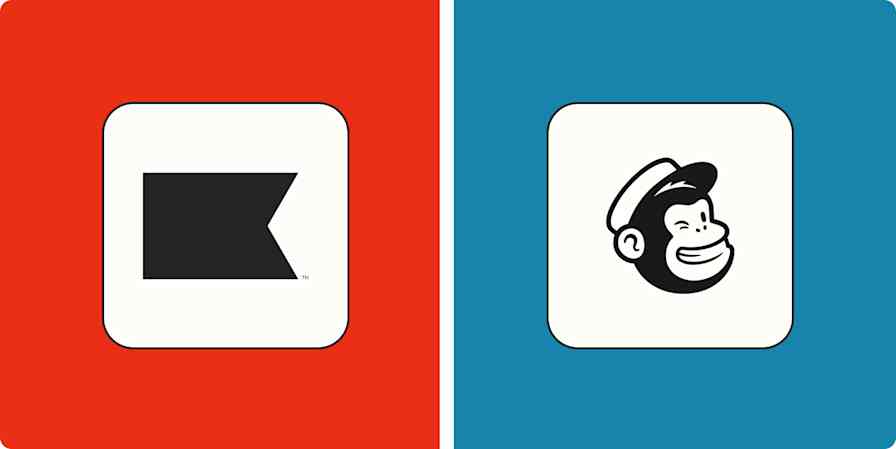Cold emails can feel like a last resort. But there are some relationships you can only build by sending a cold email.
In my case, I had to send highly personalized outreach emails to finance websites, asking them to become an affiliate partner for my investing newsletter, Ticker Nerd. There was no other option for building these relationships: how else would they know I even existed?
So yes, cold emails can be awkward, just like approaching a stranger at a networking event. But also like networking, they work. Here, I'll show you how I craft outreach emails that get positive responses almost (almost!) every time.
7 tips for crafting an outreach email that gets a response
1. Determine your goal
Why are you sending this email? Is it to land a client? Build a relationship? Acquire a company? I've sent outreach emails for all sorts of reasons: everything from trying to land new customers to getting a discount on a SaaS tool. Your goal can be as niche as you want. The important thing to remember is that "just wanted to connect" isn't enough of a reason for an email—that's what LinkedIn is for.
If you don't have an explicit request or question, you're giving the recipient a really good reason to ignore your email—and believe me, they're probably looking for one.
2. Know who you're emailing
A critical factor in sending successful cold emails is a deep understanding of the recipient. Start by asking these questions:
Are they a decision maker?
Do they even check emails? If so, when?
What are their roles and responsibilities?
What do they care about most in their professional career?
Are they likely to be flooded with cold email requests similar to yours?
I recommend using LinkedIn to learn more about their position, the role they play in their company, the type of content they share, what they follow, and any other info you can glean. You won't cite every bit of this in your email (in fact, please don't), but it will help you better understand what kind of message might resonate with them.
3. Create a compelling offer
Creating an irresistible offer is something I learned from Alex Hormozi, and it's my favorite part of sending an outreach email. Alex says there are seven questions to answer when creating a grand slam offer:
What problems does your customer have?
What's the dream result for your customer?
What are the perceived risks for your customer?
What's the time delay for your customer to get this outcome?
What effort is required from the customer?
What can be stacked onto this offer to make it more valuable?
What are the 1-10 bonuses, AKA the "sizzle" of the offer?
By leveraging Alex's questions, we created an offer for Ticker Nerd affiliates.
From our research, we learned that finance blogs want additional streams of income, trustworthy partners with a track record, and new products to share with their audience. They're also limited on time and resources, so getting this done for them is a bonus.
So we offered a free membership to Ticker Nerd, gave them a 50% lifetime commission with a 180-day cookie, and we wrote any content they required. All they had to do was simply agree to include us on high-intent pages if they thought their audience would benefit from our newsletter.

The approach was a success, and many editors were happy to work with us. In fact, we received detailed and enthusiastic responses from folks who were excited to get started.

The offer doesn't need to be complex—and it shouldn't be unprofitable—but it needs to make sense for you and the recipient.
4. Include case studies or social proof
An offer is easier to accept when someone else has accepted it first. That's where case studies and real examples come into your cold email.
Your recipient wants to know that you're credible, and that you can back up the claims that you're making (especially if they're really impressive). There are many ways to approach this, but I find including a brief line to showcase credibility and proof works well. Here are some examples:
"We've had great results with companies like {client 1}, {client 2}, and {client 3}"
"Recently, we helped {client 1} {what you helped them achieve}"
"We're already working with {client 1}, {client 2}, and {client 3}"

In my case, I referenced other big sites that we'd partnered with to prove we were credible. If this option isn't suitable for your business or offer, you can show proof in other ways, like with data. Just be sure you have permission to use the information you're sharing and that it's accurate down to the details because people will do their research.
5. Make your email personal
I'm sure you've received your share of generic emails that have been blasted to thousands of people. You either send them to the trash or mark them as spam, and you go about your day.
That's why I suggest leading with something personal to show you've done your homework. Compliments are great, but they shouldn't be over the top or disingenuous. Just make it simple and clear. Here's an example email I sent to a journal company I wanted to affiliate with.

The opening line was personal and authentic—not to mention I had immediate proof that made the claim even stronger. The relationship has been fruitful, and I've sent hundreds of new customers their way.
Here are some other examples I've used when reaching out to the owners or editors of finance sites:
{Site name} is an awesome site, possibly my fav in the finance space! And it ranks for some very competitive keywords.
Congrats on the success of the {podcast and blog}, it seems to be doing well and it ranks for some very competitive keywords.
I stumbled across {Site name} while doing some research for my investing newsletter, Ticker Nerd. You rank for some really valuable IPO keywords.
Don't repeat the same compliment, though, because it's a small world, and people talk. Authenticity is key.
6. Use a simple subject line
Based on my experience, I agree with the advice to keep subject lines short. I've A/B tested many different subject lines, and there are only three that consistently work for me:
Quick question
Quick question for {FirstName}
Got something for you {FirstName}

These subject lines are simple, intriguing enough, and easily stand out in the inbox. But what works for my recipients may not work for yours, so you need to test what works for you.
7. Follow up
You're not always going to get a response with the first email you send. It might not even get opened.
I've heard lots of rules, but I usually send a maximum of three follow-ups before I quit. Here's my general approach:
Email 1: Outreach email
Email 2: Simple follow-up
Email 3: Simple email referencing another case study or proof
Email 4: Breakup email
I like to space each email out by about four days, and I don't send emails on the weekends or Mondays. (I also keep an eye out for out-of-office messages, so I'm not spamming someone who's on vacation.)
Cold emails are still a viable option
Almost everyone uses email, which means almost anyone can be contacted.
You don't need to set up a complicated system to get started, either. Sending a couple of emails a week to targeted prospects can have a meaningful impact. So I encourage you to build a new relationship by sending a simple outreach email.
Related reading:




